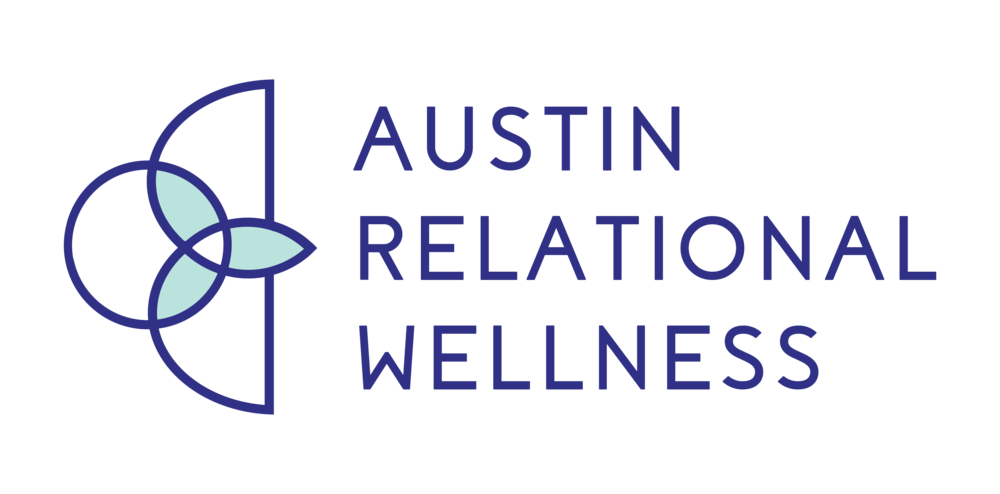One of the first questions I ask my new couples therapy clients once they arrive at my office is - “What feelings do you notice coming up as you sit down for this session?” I get many answers, from dread and nervousness to anticipation and excitement.
It makes sense! I’m totally new, and they are in my office opening up about the most important relationship in their lives. If you find yourself unsure of what to expect, this post will give you an idea of what to expect when starting couples therapy.
What Happens in the First Couples Therapy Session
Typically, clients have already had a phone call with their couples therapist to determine fit and schedule an appointment, and they have filled out the paperwork online. So the first session isn’t their first encounter with the therapist, but it is the first opportunity for them to talk to their couples therapist about their relationship history, how things are currently going, and what they hope to work on.
I meet the clients in the waiting room and invite them into my office. Before we get into anything, I will review our practice policies and paperwork on topics like confidentiality, payment, cancellation policy, outside communication, etc. This is also the time when I will answer any questions my clients might have about the couples therapy process. This can be a bit of an odd way to start a session, but it’s only necessary the first time.
The first couples therapy session is all about getting to know one another and starting to understand and map out the negative interaction pattern that comes alive between the couple. I practice couples therapy using Emotionally Focused Therapy (EFT). In EFT, we call this the cycle or the dance, and we spend much of the first session focused on understanding the ins and outs of the couple's unique cycle.
I want each client to connect with their emotional experience of conflict in their relationship. When there is conflict, who turns up the emotional heat? Who turns it down? We explore the pattern that is co-created between partners in the relationship. The first session is typically spent talking directly to your couples therapist vs hashing it out with one another or speaking to each other about your concerns.
Towards the end of the, I will spend time with the couple exploring their hopes and goals for couples therapy. I’ll ask questions like:
“What do you want out of this process?”
“How do you hope to feel?”
“What will tell you that your couples therapy experience was a success?”
As we wrap up, we schedule individual therapy sessions for each client to meet with the therapist to discuss family history and talk more one-on-one before rejoining to meet as a couple for the duration of our work.
Couples therapy can be a game changer. If you’re interested in improving your relationship, please reach out to one of our couples therapists for a free phone consultation.
Article by Austin Couples Therapist, Cat van der Westhuizen, LPC, LMFT
Cat provides in-person therapy at our office in North Austin













































